The data from CDC and Healthy People 2030 shows that New Jersey has made notable progress in breastfeeding rates between 2019 and 2022, especially in initiation and continuation through the first year.
Key points:
- NJ shows steady improvement across all metrics from 2019 to 2022, particularly at 6 and 12 months.
- Possible contributors: expanded lactation training, community programs, and increased support services.
- NJ outperforms the U.S. in initiation and any breastfeeding at 12 months.
- NJ slightly lags the national average in exclusive breastfeeding at 6 months.
- Both NJ and the national averages are below HP2030 targets for exclusive at 6 months and any at 12 months.
These trends highlight a continued need for systemic support to help families sustain breastfeeding beyond the early postpartum period. This includes:
- Ongoing lactation support through skilled professionals,
- Workplace accommodations for nursing parents, and
- Enhanced access to postpartum home visiting programs.
On a positive note, the increases across all metrics reflect the success of current initiatives throughout the state, including:
- Expansion of lactation professional training,
- Growth of maternal-child health initiatives, and
- Investment in community-based support programs.
See how breastfeeding rates in New Jersey have changed over time.
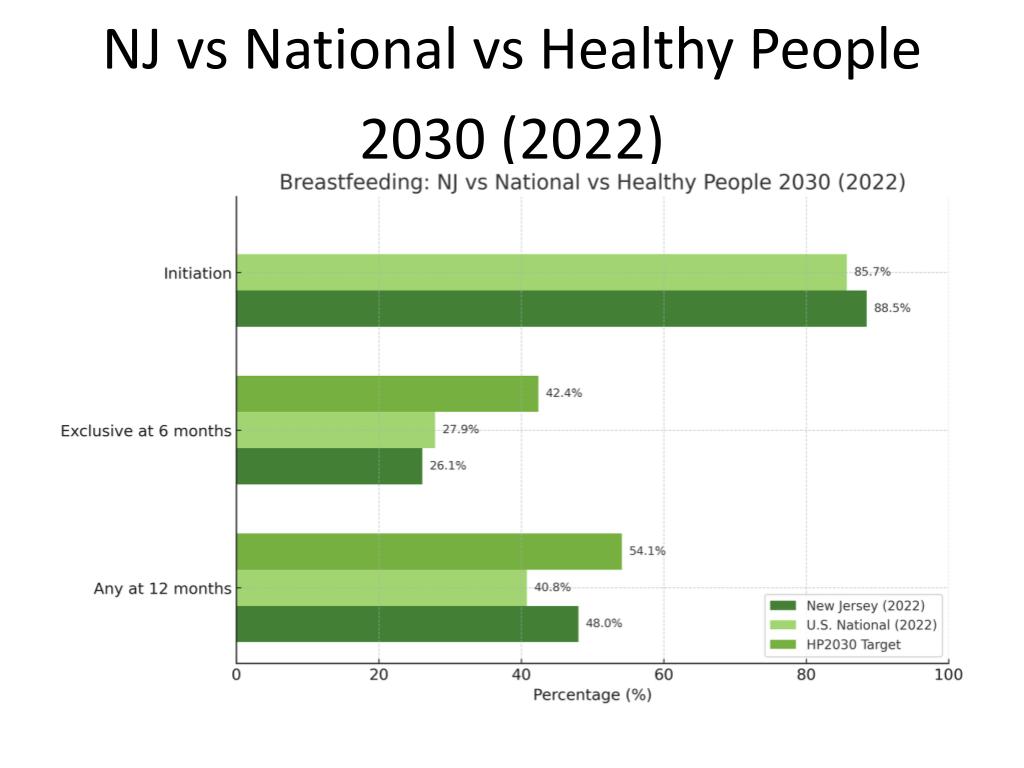
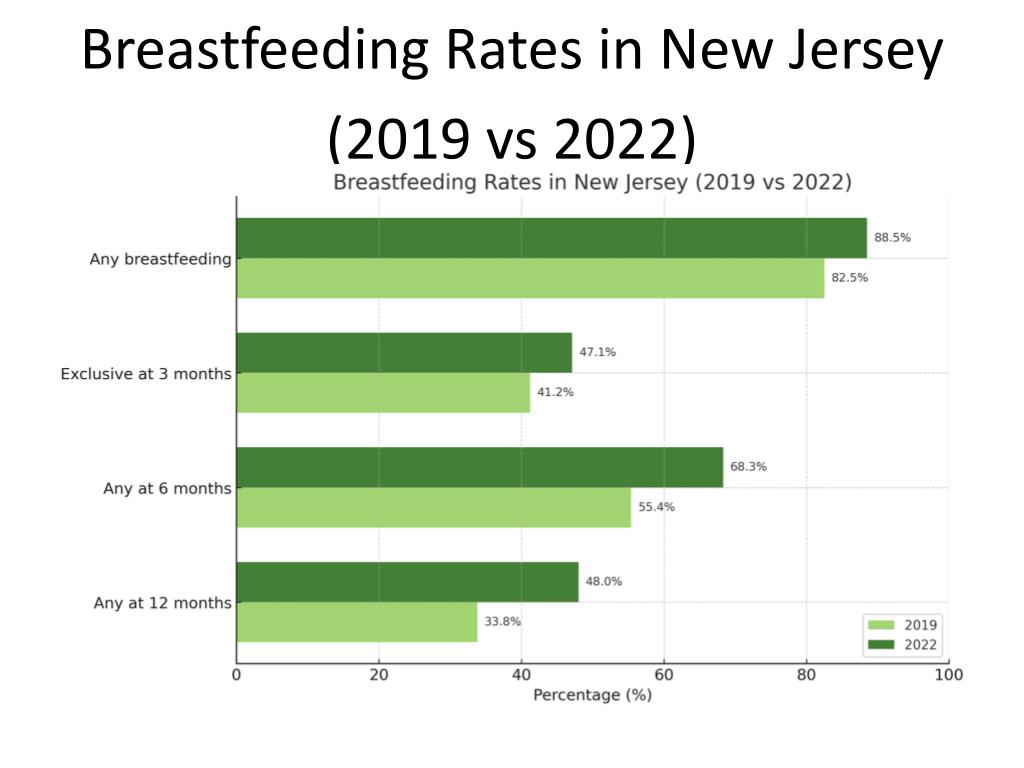
| Initiation of breastfeeding | Exclusive at 3 months | Any at 6 months | Any at 12 months | |
| CDC NJ, Births 20191 | 82.5% | 41.2% | 55.4% | 33.8% |
| CDC NJ, Births 20221 | 88.5% | 47.1% | 68.3% | 48.0% |
| Initiation | Exclusive at 6 months | Any at 12 months | |
| New Jersey1,2,3 | 88.5% | 26.1% | 48.0% |
| U.S. National1,2,3 | 85.7% | 27.9% | 40.8% |
| Healthy People 20301,2,3 | 42.4% | 54.1% |
Sources:
1. Centers for Disease Control and Prevention. National Immunization Survey-Child Data Results: Breastfeeding Data. Retrieved from: https://www.cdc.gov/breastfeeding/data/nis_data/index.htm
2. Office of Disease Prevention and Health Promotion. Healthy People 2030: Increase the proportion of infants who are breastfed exclusively through age 6 months — MICH‑15. Retrieved from: https://health.gov/healthypeople/objectives-and-data/browse-objectives/infants/increase-proportion-infants-who-are-breastfed-exclusively-through-age-6-months-mich-15
3. Office of Disease Prevention and Health Promotion. Healthy People 2030: Increase the proportion of infants who are breastfed at 1 year — MICH‑16. Retrieved from: https://health.gov/healthypeople/objectives-and-data/browse-objectives/infants/increase-proportion-infants-who-are-breastfed-1-year-mich-16
Updated October 2025
New Jersey and US Breastfeeding Data Sources
All of these data sources below can be searched to various extent by race, age, education, insurance type, etc.
NJSHAD: https://www-doh.state.nj.us/doh-shad/home/Welcome.html
- The New Jersey Department of Health’s State Health Assessment Data (NJSHAD) System provides access to the Department’s datasets, statistics, and information on the health status of New Jerseyans.
- Breastfeeding Initiation and Continuation: https://www-doh.nj.gov/doh-shad/indicator/summary/Breastfeeding.html
- Formula Supplementation among Breastfeeding Infants: https://www-doh.nj.gov/doh-shad/indicator/summary/Formula.html
- Infant and fetal death data: https://www-doh.nj.gov/doh-shad/query/selection/infantfetal/InfFetSelection.html
- Community indicators and reports: https://www-doh.nj.gov/doh-shad/community/indicators, https://www-doh.nj.gov/doh-shad/indicator/About.html. Generate reports based on race/ethnicity, county, sex, disability status, education level, and poverty status.
- Infant death: https://www-doh.nj.gov/doh-shad/indicator/view/EPHTInfMort.RETrend.html
- Low birth weight: https://www-doh.nj.gov/doh-shad/indicator/view/LBW.RETrend.html
- Birth rate by mother’s race and ethnicity: https://www-doh.nj.gov/doh-shad/indicator/view/BirthRate.RaceEth.html
- Births to teen mothers: https://www-doh.nj.gov/doh-shad/indicator/summary/TeenBirths.html
- Age-specific birth rates: https://www-doh.nj.gov/doh-shad/indicator/view/AgeSpecBirthRate.Age.html
- First trimester prenatal care: https://www-doh.nj.gov/doh-shad/indicator/summary/PNC1.html
- Preterm births: https://www-doh.nj.gov/doh-shad/indicator/summary/Preterm.html
- Low birth weight: https://www-doh.nj.gov/doh-shad/indicator/summary/LBW.html
- C-section deliveries among low risk women: https://www-doh.nj.gov/doh-shad/indicator/summary/MODLowRisk.html
- Infant mortality: https://www-doh.nj.gov/doh-shad/indicator/summary/EPHTInfMort.html
- Fetal mortality: https://www-doh.nj.gov/doh-shad/indicator/summary/FetalMort.html
- Birth rate: https://www-doh.nj.gov/doh-shad/indicator/summary/BirthRate.html
- Birth to teen mothers: https://www-doh.nj.gov/doh-shad/indicator/summary/TeenBirths.html
- C-section deliveries: https://www-doh.nj.gov/doh-shad/indicator/summary/BirthMOD.html
- First trimester prenatal care: https://www-doh.nj.gov/doh-shad/indicator/summary/PNC1.html
- General fertility rate: https://www-doh.nj.gov/doh-shad/indicator/summary/GenFertRate.html
- Topics
- Births, infants, and maternal health: https://www-doh.nj.gov/doh-shad/topic/Births.html
- Child and adolescent health: https://www-doh.nj.gov/doh-shad/topic/ChildHealth.html
- Access to care/health insurance: https://www-doh.nj.gov/doh-shad/topic/Access.html
- Mortality and leading causes of death: https://www-doh.nj.gov/doh-shad/topic/Mortality.html
- Population characteristics and social determinants of health: https://www-doh.nj.gov/doh-shad/topic/Demographics.html
- Baby Friendly Facilities: https://www-doh.nj.gov/doh-shad/indicator/summary/BabyFriendly.html
- https://www-doh.nj.gov/doh-shad/query/selection/njbrfs/BRFSSSelection.html
- Dataset queries: https://www-doh.nj.gov/doh-shad/query/About.html
- including births, infant & fetal deaths, deaths, and life expectancy
- Maternity data
- Maternal health report card: https://www.nj.gov/health/maternal/maternal-health-hospital-report-card/
- Hospital-specific data: https://www.nj.gov/health/maternal/maternal-health-hospital-report-card/hospital-specific-data.shtml
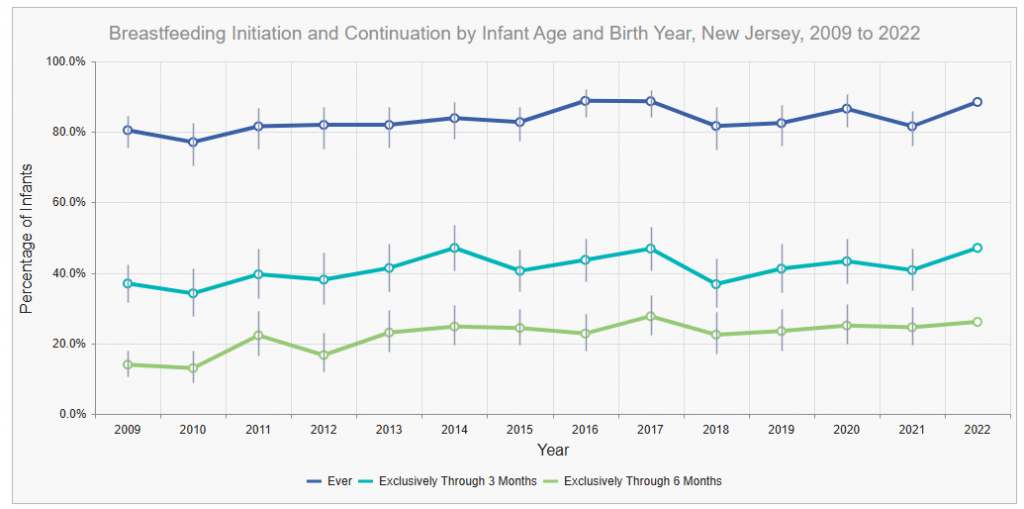
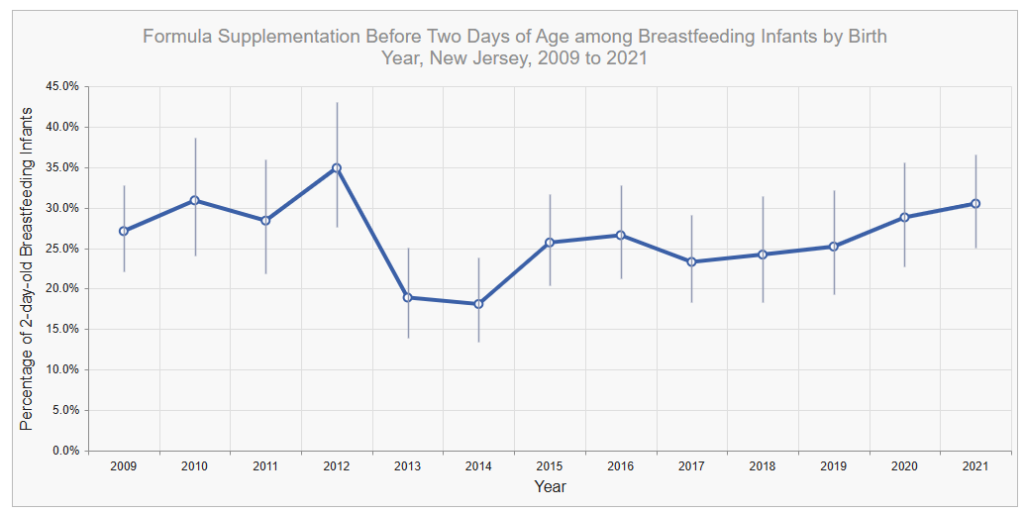
PRAMS – NJ Pregnancy Risk Assessment Monitoring System Data Query Measure Selection: https://www-doh.nj.gov/doh-shad/query/selection/prams/PRAMSSelection.html
- Query the NJ PRAM BF data here: https://www-doh.state.nj.us/doh-shad/query/selection/prams/PRAMSSelection.html
- CONs: no county or city data because the sample sizes are too small
- Feeding at Hospital Discharge, by county and city from the NJ Birth Certificate data which you can query here: https://www-doh.state.nj.us/doh-shad/query/builder/birth/BirthBirthCnty/Count.html See attachment for instructions.
- Exclusive Breastfeeding Rates for Hospitals, New Jersey for 2017-2018: https://www.nj.gov/health/fhs/maternalchild/documents/NJ_Breastfeeding_Tables_09.2019.pdf There has been no update since then.
- Search for formula supplementation among breastfed babies, feeding at discharge, and births at baby-friendly facilities: https://www-doh.nj.gov/doh-shad/indicator/summary/Feeding.html
- New Jersey most recent mPINC data (Data collected by the CDC on NJ hospital practices): https://www.cdc.gov/breastfeeding-data/mpinc/state-reports.html#NJ
- For more information on the mPINC survey and older mPINC reports: https://www.cdc.gov/breastfeeding/data/mpinc/state_reports.html
Racial and Ethnic Disparities in Breastfeeding Initiation ─ United States, 2019. MMWR Morb Mortal Wkly Rep 2021;70:769–774. DOI: http://dx.doi.org/10.15585/mmwr.mm7021a1, https://www.cdc.gov/mmwr/volumes/70/wr/mm7021a1.htm, https://www.cdc.gov/mmwr/volumes/70/wr/pdfs/mm7021a1-H.pdf

*Breastfeeding initiation is measured as a percentage. Largest disparity in breastfeeding initiation between racial/ethnic groups is measured as a percentage difference.
† Includes all states except California and Michigan. California does not report breastfeeding initiation data to the National Vital Statistics System. Michigan uses nonstandard wording for the breastfeeding initiation item on the birth certificate, which prevents comparison of data to other states.

US Breastfeeding Committee
- State Breastfeeding Reports: https://www.usbreastfeeding.org/state-breastfeeding-reports.html






CDC Breastfeeding Report Card/Data: https://www.cdc.gov/breastfeeding-data/survey/index.html
- Results: https://www.cdc.gov/breastfeeding/data/nis_data/results.html
- By County: https://www.cdc.gov/breastfeeding-data/county-initiation/index.html
- Since 2001, the NIS-Child survey has included questions about breastfeeding to monitor rates at both national and state levels. Review the breastfeeding rates from the National Immunization Survey-Child (NIS-Child) for U.S. households with children aged 19 through 35 months.
- Every year the CDC releases BF data by state and territory based upon the National Immunization Survey BF questions. In even years, it’s called the “Breastfeeding Report Card.” In odd years, it’s just called data.
- PROs: It has data for hospital supplementation in the first 2 days, BF initiation, exclusive breastfeeding at 3 & 6 months and any breastfeeding at 6 &12 months plus a few more stats. In odd years, find the data here and you must put in a query by indicator.
- MAJOR CON: the data is always 3 years old, so for example, the 2020 BF Report Card represents 2017 births.
- 2022 Report Card – 2022-Breastfeeding-Report-Card-508
- Data Results: https://www.cdc.gov/breastfeeding-data/survey/results.html
- Among children born in 2022:
- Rates of Any and Exclusive Breastfeeding: https://www.cdc.gov/breastfeeding-data/modules/2022-rates-any-exclusive-bf-state.htm
- Rates of Any and Exclusive Breastfeeding by Sociodemographics: https://www.cdc.gov/breastfeeding-data/modules/2022-rates-any-exclusive-bf-socio-dem.html
- By County: https://www.cdc.gov/breastfeeding-data/county-initiation/index.html
- Older report cards: https://www.cdc.gov/breastfeeding-data/breastfeeding-report-card/?CDC_AAref_Val=https://www.cdc.gov/breastfeeding/data/reportcard.htm#cdc_report_pub_study_section_8-older-breastfeeding-report-cards
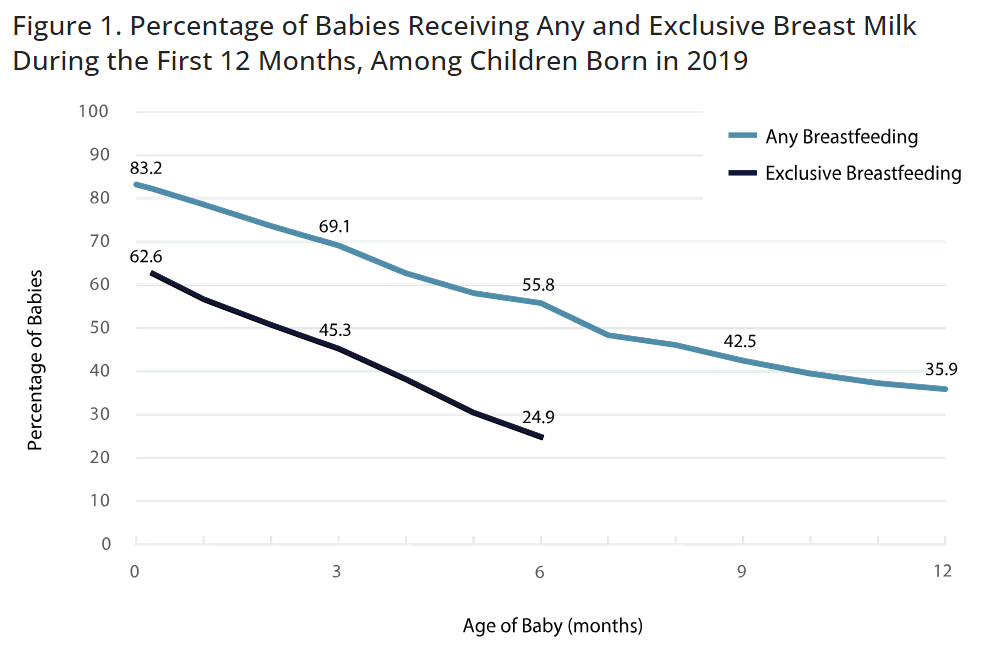
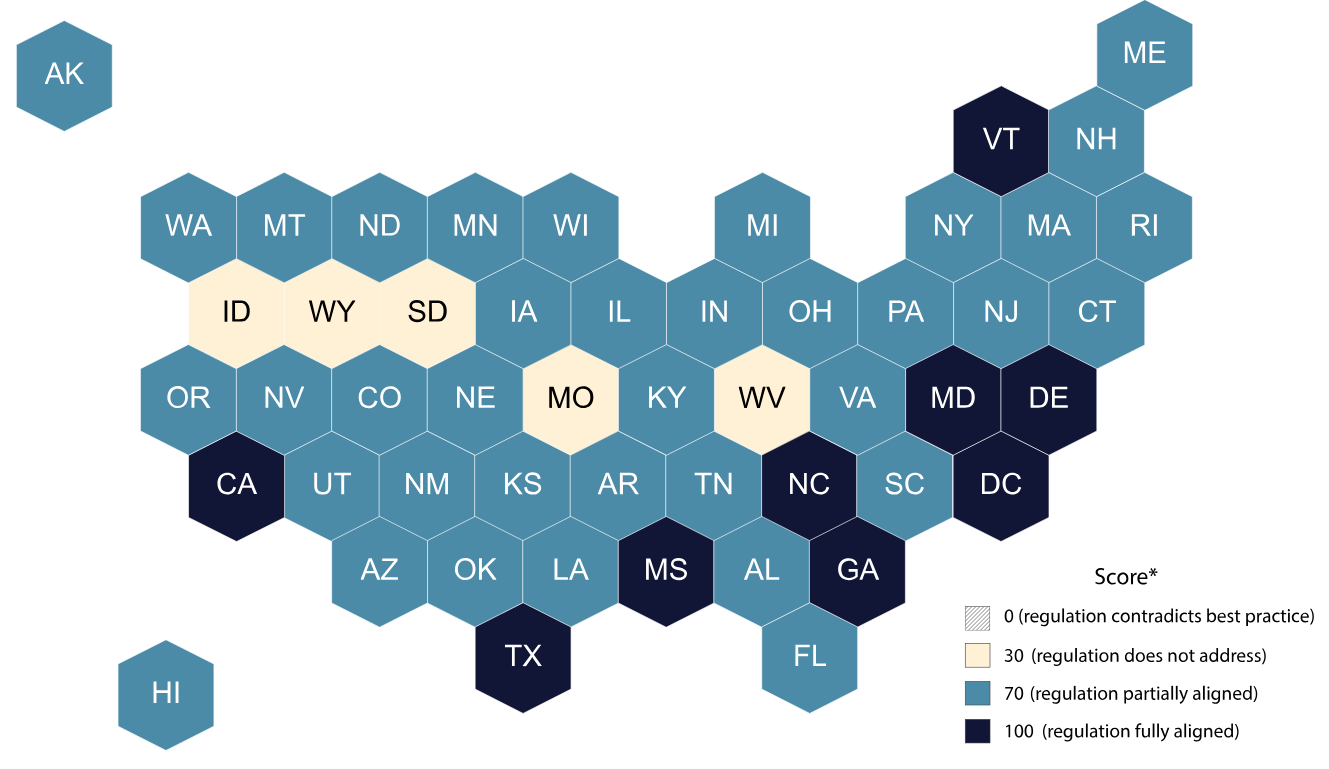
CDC Nutrition, Physical Activity, and Obesity – National Immunization Survey (Breastfeeding): https://data.cdc.gov/Nutrition-Physical-Activity-and-Obesity/Nutrition-Physical-Activity-and-Obesity-National-I/8hxn-cvik/about_data

Source: National Immunization Survey – Child 2023–2024.



Data from U.S. territories are excluded from national breastfeeding estimates to be consistent with the analytical methods for the establishment of Healthy People 2030 targets on breastfeeding.
Exclusive breastfeeding is defined as ONLY breast milk—no solids, no water, and no other liquids.


Data from U.S. territories are excluded from national breastfeeding estimates. This is to be consistent with the analytical methods for establishing Healthy People 2030 targets on breastfeeding.
Formula supplementation is defined as supplementation of breast milk with formula (with or without other supplementary liquids or solids) among infants breastfed before the age specified (2 days, 3 months, or 6 months). See Survey Methods for details.


2Exclusive breastfeeding is defined as ONLY breast milk—no solids, no water, and no other liquids.
3The data point for exclusive breastfeeding begins at 7 days of life.
Other CDC resources
- IFPS II: pregnancy and through the infant’s first year. https://www.cdc.gov/breastfeeding-data/studies/methods-results-ifps.html
- The Infant Feeding Practices Study II (IFPS II) was a longitudinal survey about infant feeding and care. Data were collected approximately monthly beginning in the third trimester of
- Infant feeding data: https://www.cdc.gov/breastfeeding-data/media/pdfs/2024/05/ifps2_tables_ch3.pdf
- IFPS Year Six Follow-Up Study (Y6FU): https://www.cdc.gov/breastfeeding-data/studies/methods-year-six-follow-up-study.html
- SummerStyles – Public opinions about breastfeeding, 1999-2021: https://www.cdc.gov/breastfeeding-data/public-opinions/index.html
- SummerStyles (formerly called HealthStyles) is a private, proprietary national marketing survey. It annually collects health-related opinions of men and women aged 18 years or older. A wide variety of breastfeeding topics have been surveyed since 1999, such as:
- Public opinions toward breastfeeding policies.
- Support for breastfeeding at workplaces.
- Beliefs about the benefits of breastfeeding.
- Feelings of embarrassment regarding breastfeeding in public.
- SummerStyles (formerly called HealthStyles) is a private, proprietary national marketing survey. It annually collects health-related opinions of men and women aged 18 years or older. A wide variety of breastfeeding topics have been surveyed since 1999, such as:

- Breastfeeding and infant feeding studies: https://www.cdc.gov/breastfeeding-data/studies/index.html
- Learn about ongoing and past studies conducted by CDC and partners that explore breastfeeding and infant feeding practices. These include the Feeding My Baby and Me study that assesses feeding practices and related health outcomes from birth through 24 months.
- Public Health Strategies for Breastfeeding: https://www.cdc.gov/breastfeeding/php/breastfeeding-strategies/index.html
- Breastfeeding Recommendations and Guidance: https://www.cdc.gov/breastfeeding/php/guidelines-recommendations/index.html
- Public health strategies for continuity of care in breastfeeding: https://www.cdc.gov/breastfeeding/php/strategies/public-health-strategies-for-continuity-of-care-in-breastfeeding.html
MPINC: https://www.cdc.gov/breastfeeding-data/mpinc/index.html
- The Maternity Practices in Infant Nutrition and Care (mPINC) survey provides information that informs hospitals and partners how to improve maternity care practices.
- mPINC US 2024 Report: https://www.cdc.gov/breastfeeding-data/mpinc/national-report.html
- mPINC Regional 2024 Report: https://www.cdc.gov/breastfeeding-data/mpinc/regional-report.html
- mPINC NJ 2024 Report: https://www.cdc.gov/breastfeeding-data/mpinc/state-reports.html#NJ

In 2024, 40 of 46 eligible hospitals in New Jersey participated (87%).
Source: mPINC NJ 2024 Report




WIC
- WIC Participant and Program Characteristics 2022, statistics from the report
- Breastfeeding Initiation Rates by State, 2004–2022, Excel spreadsheet with all states’ rates

Source: Huret, N., Zvavitch, P., Beckerman-Hsu, J., Perez-Zetune, V., Reischmann, P., & Calvin, K. (2023). WIC Participant and Program Characteristics 2022. U.S. Department of Agriculture, Food and Nutrition Service. For more information on breastfeeding initiation rates, see chapter 8 of the report.

Source: USDA, Food and Nutrition Service, WIC PC 2022

Source: USDA, Food and Nutrition Service, WIC PC 2022



Source: USDA, Food and Nutrition Service, WIC PC 2022


Note: Percents may not add to 100.0, and subtotals may not add to totals, because of rounding. For women, FNS uses NIH NHLBI (1998) definitions of underweight as having a BMI less than 18.5 and overweight or obese as having a BMI greater than or equal to 25.0.


Source: USDA, Food and Nutrition Service, WIC PC 2022






Healthy NJ
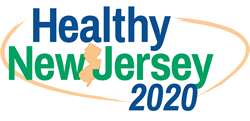
- Healthy NJ 2020 – https://www.nj.gov/health/chs/hnj2020/topics/maternal-child-health.shtml


- Healthy NJ (2030) – https://www.nj.gov/health/healthynj/2030
- Healthy Families: https://www.nj.gov/health/healthynj/2030/topics-objectives/families/learnmore.shtml?open=1
- More NJ-related public health data: https://www.nj.gov/health/healthynj/2030/tool-resources/
- Tools & Resources for Public Health Assessment and Improvement Planning: https://www.nj.gov/health/healthynj/2030/tool-resources/
Healthy People 2020
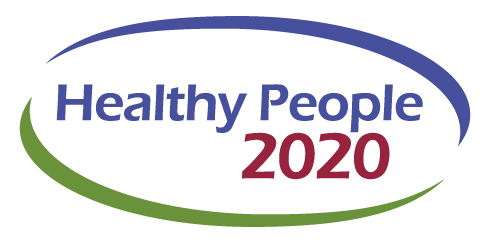
- Healthy People 2020: https://wayback.archive-it.org/5774/20220413182850/https://www.healthypeople.gov/2020/
- Pregnancy and childbirth: https://odphp.health.gov/healthypeople/objectives-and-data/browse-objectives/pregnancy-and-childbirth
- Increase the proportion of women who get screened for postpartum depression — MICH‑D01
- Reduce the rate of fetal deaths at 20 or more weeks of gestation — MICH‑01
- Reduce preterm births — MICH‑07
- Increase the proportion of pregnant women who receive early and adequate prenatal care — MICH‑08
- Increase the proportion of women who had a healthy weight before pregnancy — MICH‑13
- Increase abstinence from alcohol among pregnant women — MICH‑09
- Increase abstinence from illicit drugs among pregnant women — MICH‑11
- Reduce the proportion of women who use illicit opioids during pregnancy — MICH‑D02
- Reduce the proportion of pregnancies conceived within 18 months of a previous birth — FP‑02
- Reduce pregnancies in adolescents — FP‑03
- Reduce maternal deaths — MICH‑04
- Reduce severe maternal complications identified during delivery hospitalizations — MICH‑05
- Reduce cesarean births among low-risk women with no prior births — MICH‑06
- Infants: https://odphp.health.gov/healthypeople/objectives-and-data/browse-objectives/infants
- Increase the proportion of infants who are breastfed exclusively through age 6 months — MICH‑15
- Increase the proportion of infants who are breastfed at 1 year — MICH‑16
- Reduce the rate of infant deaths — MICH‑02
- Reduce preterm births — MICH‑07
- Increase the proportion of infants who are put to sleep on their backs — MICH‑14
- Increase the proportion of infants who are put to sleep in a safe sleep environment — MICH‑D03

- Healthy People 2030: https://www.cdc.gov/nchs/healthy_people/index.htm
- Pregnancy and Childbirth: https://health.gov/healthypeople/objectives-and-data/browse-objectives/pregnancy-and-childbirth
- Children and adolescent health (includes breastfeeding): https://health.gov/healthypeople/objectives-and-data/browse-objectives/child-and-adolescent-development
Other general data and sources
- CDC:
- Live births: https://wonder.cdc.gov/natality.html, https://www.cdc.gov/nchs/products/databriefs/db535.htm
- Fetal deaths: https://wonder.cdc.gov/fetal.html
- Infant deaths: https://wonder.cdc.gov/lbd.html
- Births to teens: https://www.cdc.gov/nchs/fastats/teen-births.htm
- Births to unmarried childbearing age: https://www.cdc.gov/nchs/fastats/unmarried-childbearing.htm
- Birthweight and gestation: https://www.cdc.gov/nchs/fastats/birthweight.htm
- Method of delivery: https://www.cdc.gov/nchs/fastats/delivery.htm
- Multiples births: https://www.cdc.gov/nchs/fastats/multiple.htm
- Birth defects or congenital abnormalities: https://www.cdc.gov/nchs/fastats/birth-defects.htm
- US Census: https://data.census.gov/
- March of Dimes: 2024 NJ Report Card (and PDF), 2024 US Report Card (and PDF)

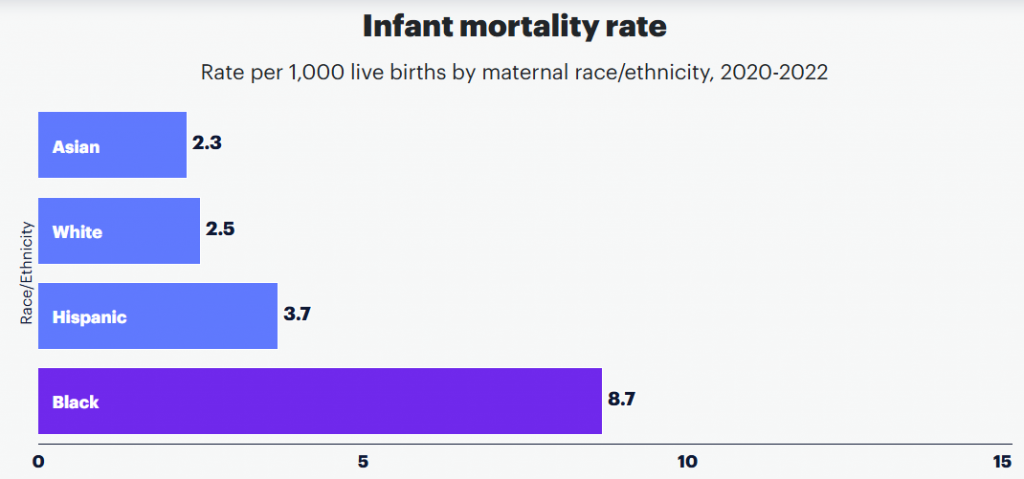
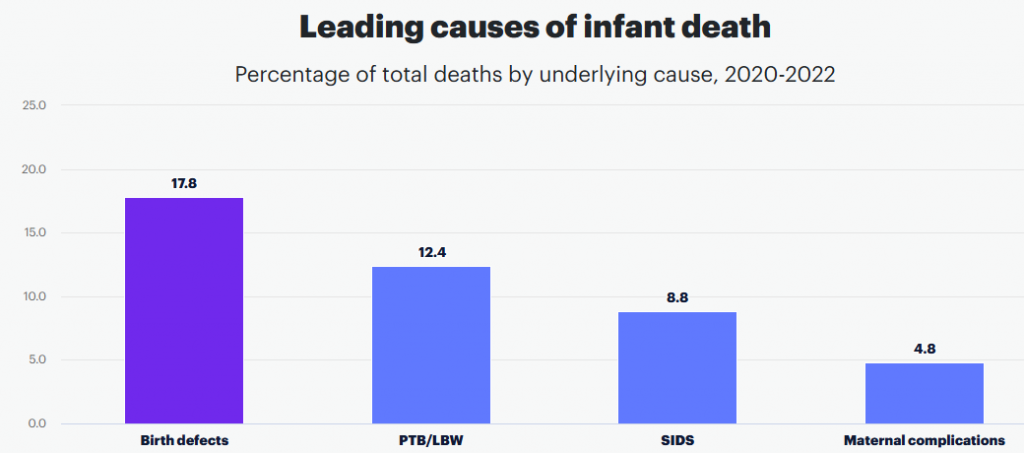


https://mvi.surgoventures.org/



Note: All policies were assessed on October 15, 2024. Adequate PNC measure differs from inadequate PNC. Adequate is presented here to align with Healthy People 2030 target. Ranks are determined for all states with available data with 1 being the best.
- NJ Labor data: https://www.nj.gov/labor/labormarketinformation/demographics/population-household-estimates/
- Other NJ data sources: https://www-doh.nj.gov/doh-shad/resources/AddlResources.html, https://www.nj.gov/health/healthynj/2030/tool-resources/
- Healthy community planning: https://www.nj.gov/health/hcpnj
- Community health assessments and plans: https://www.nj.gov/health/healthynj/2030/community-plans/
- Populations and households estimates: https://www.nj.gov/labor/labormarketinformation/demographics/population-household-estimates/
- Community Planning for Health Assessment: CHA & CHIP: https://www.cdc.gov/public-health-gateway/php/public-health-strategy/public-health-strategies-for-community-health-assessment-health-improvement-planning.html
- National Center for Health Statistics: https://www.cdc.gov/nchs/index.html
- NJ Behavioral Risk Factor Survey Data Query Measure Selection: https://www-doh.nj.gov/doh-shad/query/selection/njbrfs/BRFSSSelection.html
Querying New Jersey Birth Certificate Data
https://www-doh.state.nj.us/doh-shad/query/builder/birth/BirthBirthCnty/Count.html
The primary breastfeeding data you can get from this database is type of “Feeding at Hospital Discharge” (Breast means exclusively breastfeeding, combination is breast plus formula.
- Step 1: Select a single year of interest or you can select several years by selecting start year and then holding down “shift” and selecting ending year.
- Steps 2-6. You can select other indicators you are interested in.
- Step 7. Select “Municipality of Residence”, then select Camden county and then Camden city. (Or you can select another municipality or if you don’t check a municipality, you can get Camden county totals)
- Step 8. Select state of occurrence.
- NJ covers those babies born in NJ hospitals, and “Out of State” covers babies delivered out of state, for example, in Philadelphia, but reside in NJ.
- If you want all babies, you would add these two totals together.
- Step 9. Next to “Display by (Category), select “Feeding at Hospital Discharge” by scrolling almost to the bottom of dropdown list.
- Next to “Chart” you can select a graph type or “None” will give you the raw numbers.
- To get percentages, you need to divide them into the total. You can choose a demographic in “Group by” if desired. (“Breast” means exclusively breastfeeding, “Combination” means breast plus formula, etc.)
Updated October 2025

